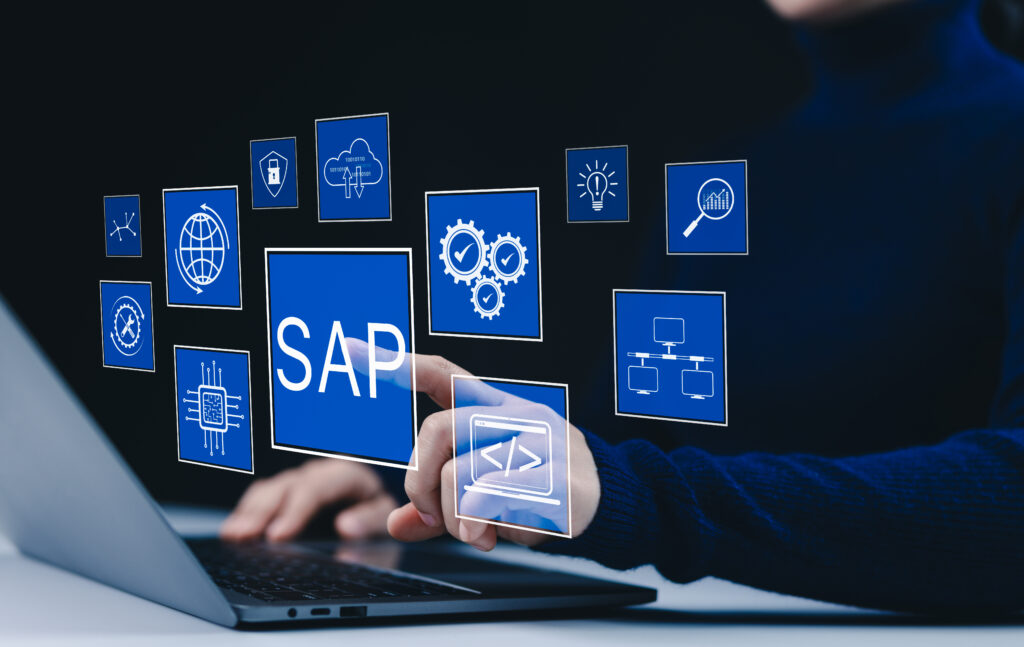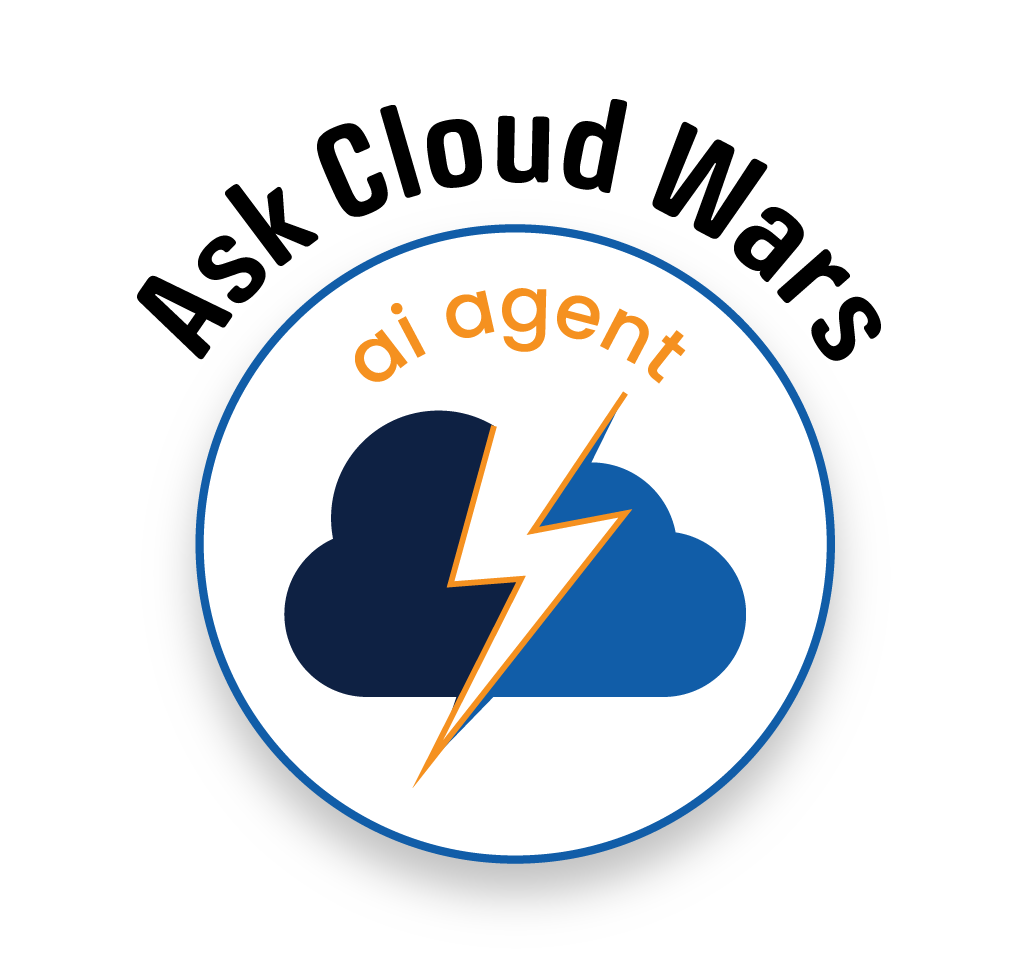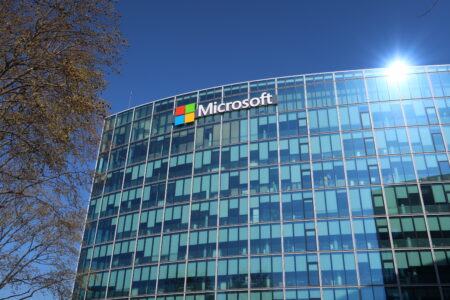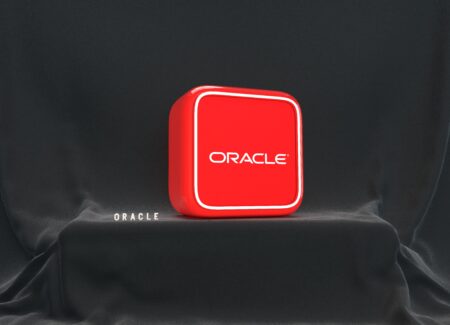
With SAP set to release Q2 results later today, I’m expecting another excellent quarter because of the company’s superb growth rates over the past five quarters and because of this quote from CEO Christian Klein three months ago: “There has been absolutely no pullback in U.S. spending.”
Over the past 18 months, SAP has dramatically outperformed all other enterprise-apps vendors in cloud growth rates as well as cloud backlog, and because of Klein’s dynamic push into AI and its new Business Data Cloud, I can’t see any reason why that trend would change.
Take a look at two key trend-lines for SAP starting in Q1 of 2024 and extending through my projections for Q2 of 2025:
- Cloud Revenue Growth: 24%, 25%, 27%, 27%, 27% and projected 27%
- Current Cloud Backlog: 27%, 28%, 29%, 32%, 28%, and projected 29%
That performance has pushed SAP near the very top of the Cloud Wars Top 10 Growth Chart, currently led by Google Cloud with a 29% growth rate. But equally impressive has been SAP’s generation of a massive cloud backlog, which at the end of Q1 totalled $19.3 billion. Plus, in mid-January when SAP released full-year results for calendar 2024, it said that its total cloud backlog — “total” versus “current” — had soared 43% to $67.1 billion.
SAP’s use of “current cloud backlog” and “total cloud backlog” equates to the RPO term that I’ve begun to focus on intensely for the past 18 months or so. While quarterly revenue figures give us a richly detailed snapshot of what has happened in the recent past, RPO and backlog numbers give us a view into future customer demand.
In my recent analysis of RPO numbers from across the Cloud Wars Top 10, SAP’s “total cloud backlog” of $67.1 billion and its growth rate of 43% were among the best results from a group of extremely high performers.
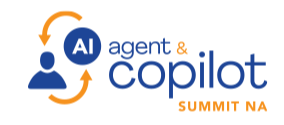
AI Agent & Copilot Summit is an AI-first event to define opportunities, impact, and outcomes with Microsoft Copilot and agents. Building on its 2025 success, the 2026 event takes place March 17-19 in San Diego. Get more details.
And by every measure, customer demand for SAP products has been extremely strong.
On top of that, the comment from Klein that I noted above regarding the ongoing strength of the U.S. market — SAP’s largest — gives me further grounds to believe SAP is about to deliver a bullish Q2. While it may be a little hard to remember in today’s booming economic times, things were very different in some people’s minds just three months ago when Klein, in discussing SAP’s Q1 results, told Bloomberg.com that “There has been absolutely no pullback in U.S. spending.”
At that time, many economists and most media reports were armpit-deep in pumping out “the sky is falling!!” narratives about the U.S. economy and indeed the global economy over the tariff policies being enacted by President Trump. In that context, it would have been understandable if some U.S. business leaders had decided, based on the torrents of gloom-and-doom forecasts, to delay or cancel some planned tech investments.
But Klein’s remark about “absolutely no pullback in U.S. spending” injected some much-needed reality into the discussion.
And now, three months later, as we are seeing widespread strengthening in the global economy, I believe that that the same enduring strength to which Klein testified in his April remarks to Bloomberg.com will reveal itself later today when SAP releases its Q2 results.
So I’m expecting SAP to maintain its by-far best in class cloud growth rate of 27% while boosting its current cloud-backlog growth rate to 29%.
Ask Cloud Wars AI Agent about this analysis


